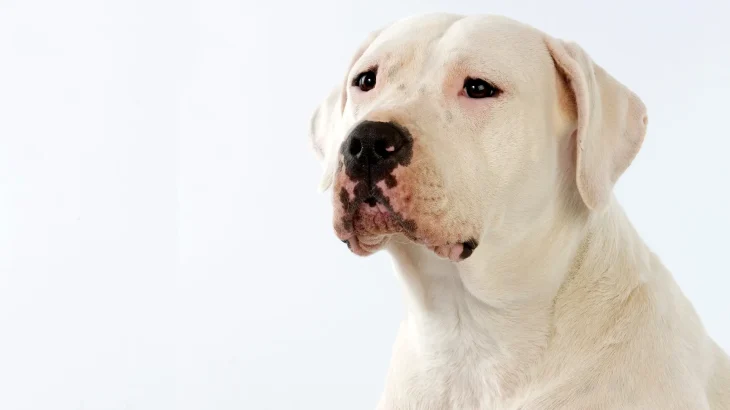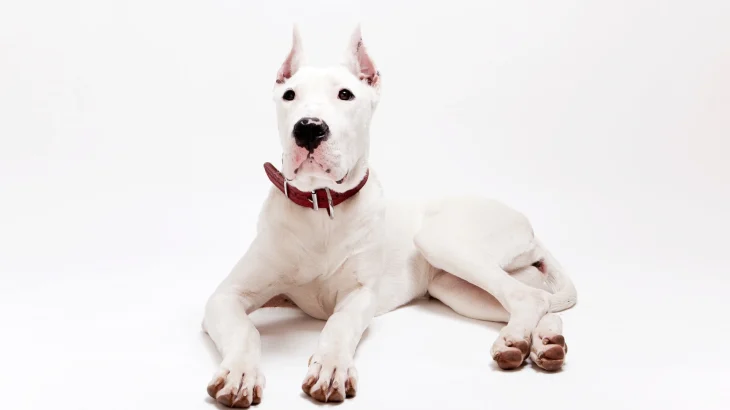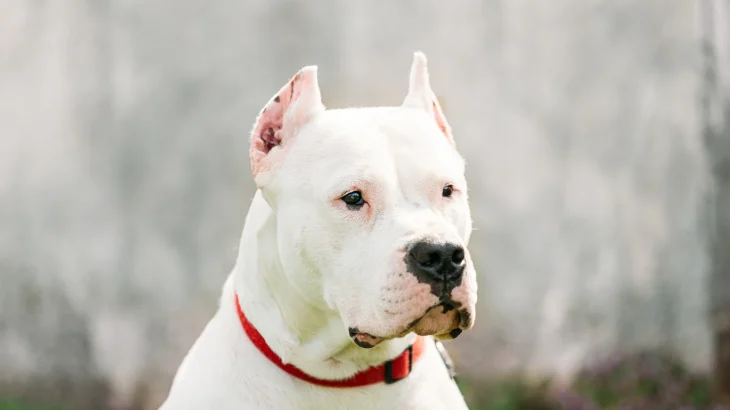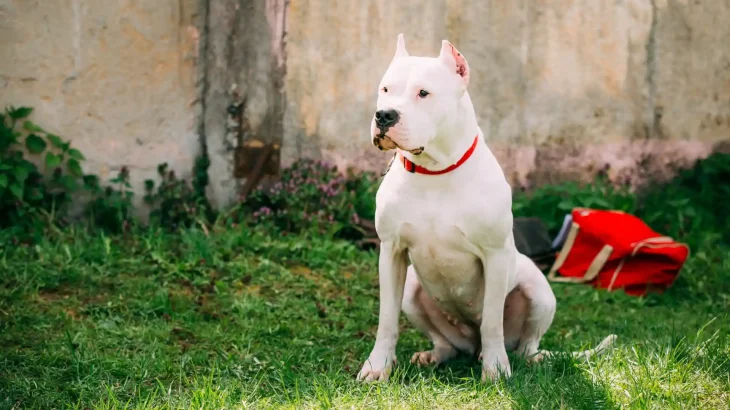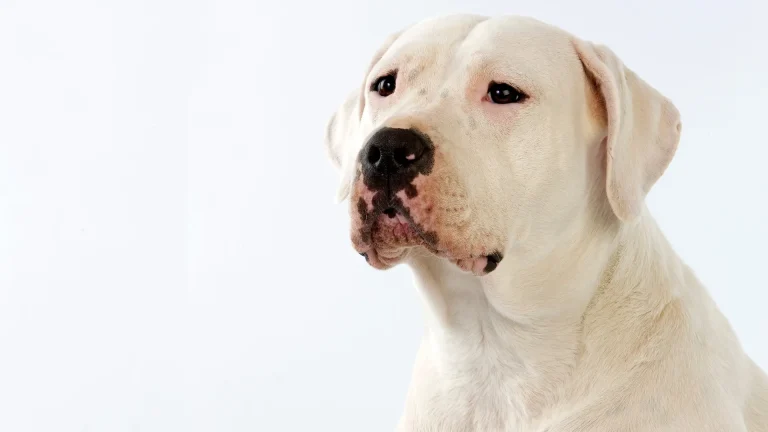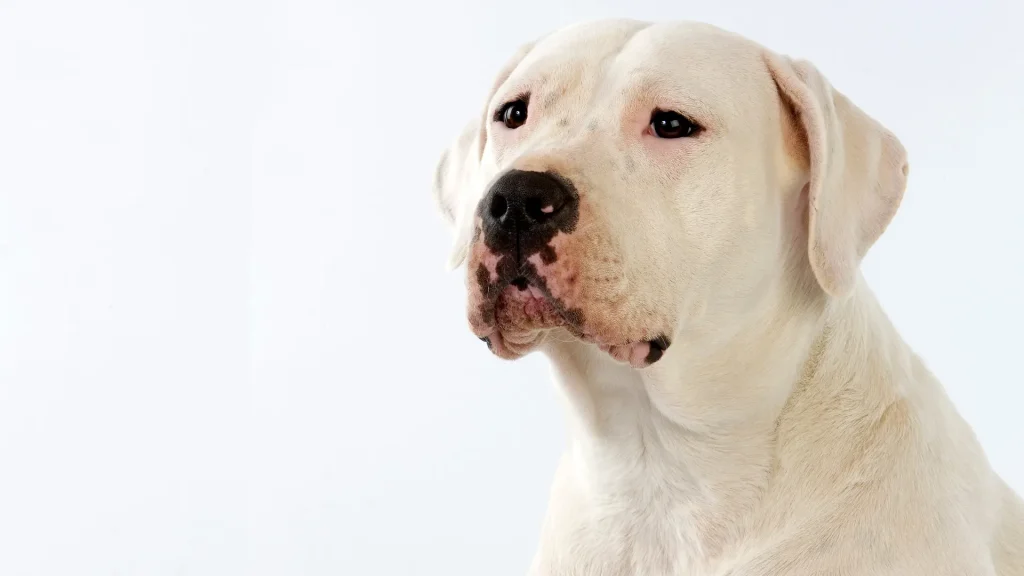When deciding whether to bring a Bully Kutta puppy into your life, the choice often comes down to adopting or purchasing from a breeder. Each option has its advantages and challenges, especially regarding health transparency and ethics for this breed. Knowing these differences helps you choose the best path for your furry friend.
Adoption vs. Breeder: Pros & Cons
| Criteria | Buying from Breeder | Adopting from Shelter/Rescue |
|---|---|---|
| Cost | Usually higher, reflecting breed purity and lineage. | Lower adoption fees, a budget-friendly option. |
| Health History | Often provides detailed health records and genetic background. | Health history may be limited or unknown, though basic checks are done. |
| Age Availability | Primarily puppies, allowing early training and bonding. | Varied ages, including adults who might be trained. |
| Temperament Insight | Breeders may share lineage temperament traits. | Temperament observed through behavior in shelter/rescue. |
| Supporting Practices | Supports breeders who follow ethical breeding, preserving breed standards. | Supports animal welfare by providing homes for dogs in need. |
| Ethical Considerations | Important to ensure breeders avoid puppy mills or unethical practices. | Helps combat overpopulation and homelessness. |

